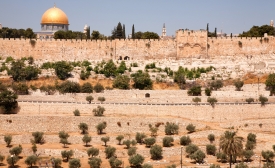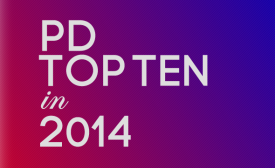hamas
Social media is changing "business as usual" for governments, opening up democratic processes, delivering services both to understand and surveil constituents, managing threats and conducting direct diplomacy. Even so, adoption of social media is slow and uneven, with vast differences both between and within states. As more and more governments move towards e-government, their use of social media will grow.
The past two weeks have seen the onset of a new cycle of violence between Israel and Palestine. To date, this cycle has claimed the lives of tens of Palestinians and Israelis. As the violence wages on, both Israel and Palestine have turned to social media in order to offer their interpretation of events. From a research perspective, this use of social media offers a glimpse into how nations use digital diplomacy in times of crisis.

An analysis of opposing social media narratives.
Hundreds of baby vests and T-shirts have been placed on a beach in Dublin this week, with each one representing a child who died during the 50-day conflict between Gaza and Israel last year. The installation was made by a group of artists who wanted to remember the children killed in the war last summer.
In a highly unusual move, Israel's leading figure in the Arab media has explicitly linked the group's militant wing to Wednesday's killings. Israel directly accused Hamas of aiding Islamic State, the organization behind Wednesday’s terror attacks on Egyptian security forces in Sinai that left 17 soldiers dead.
The Gaza-ruling Palestinian terrorist group Hamas has launched a new English-language website in an attempt to shore up its public diplomacy efforts. “We have launched our English website because we believe that communication matters,” the jihadi group said on its Twitter page. “And because we value your opinions and cherish diversity, we have also added a contact button,” the terror entity wrote in another tweet, adding a smiley face emoticon at the end of the message.

The ten most notable PD stories from 2014.







